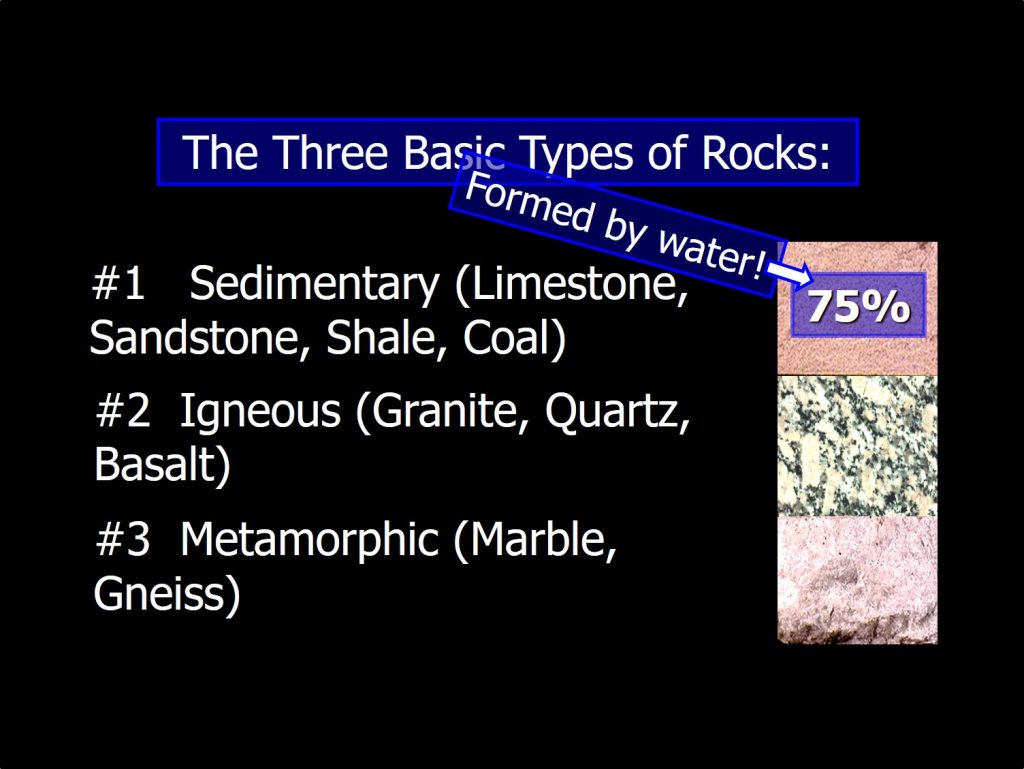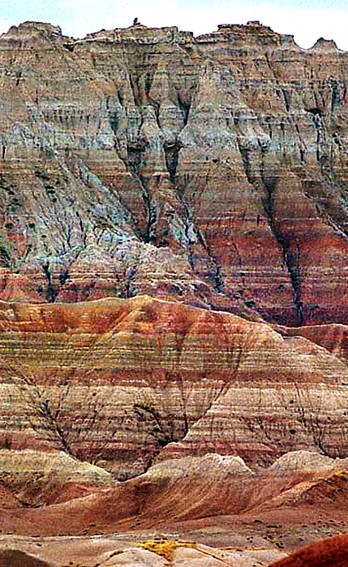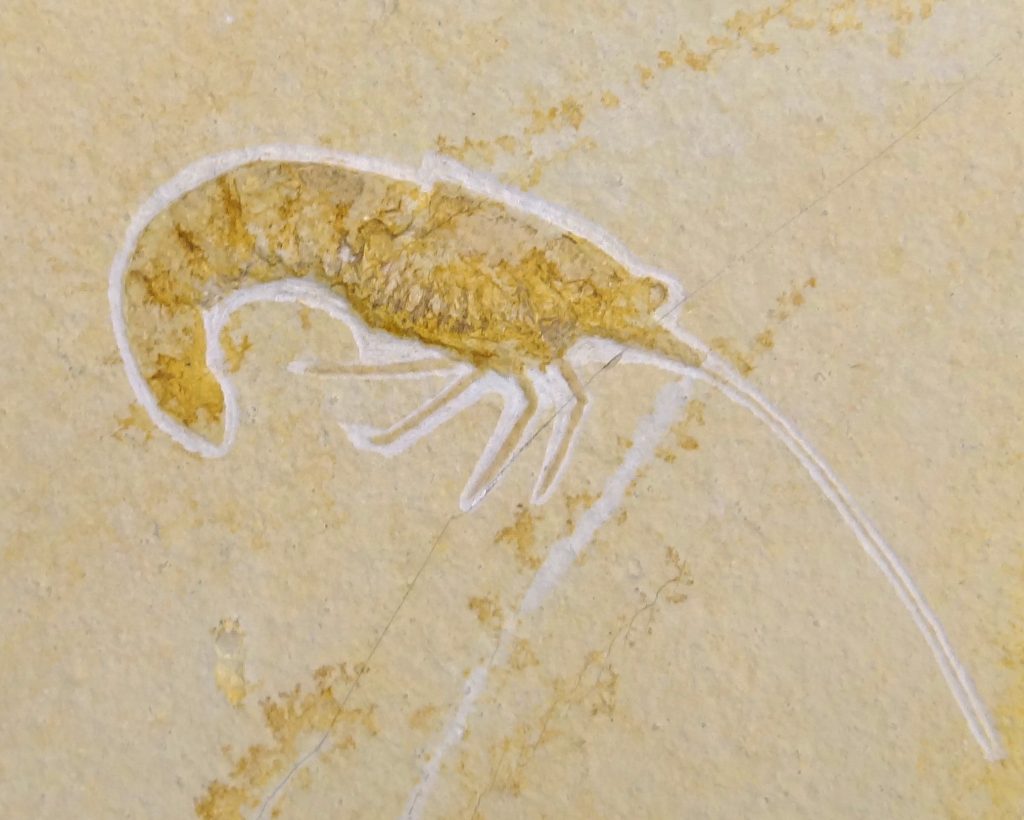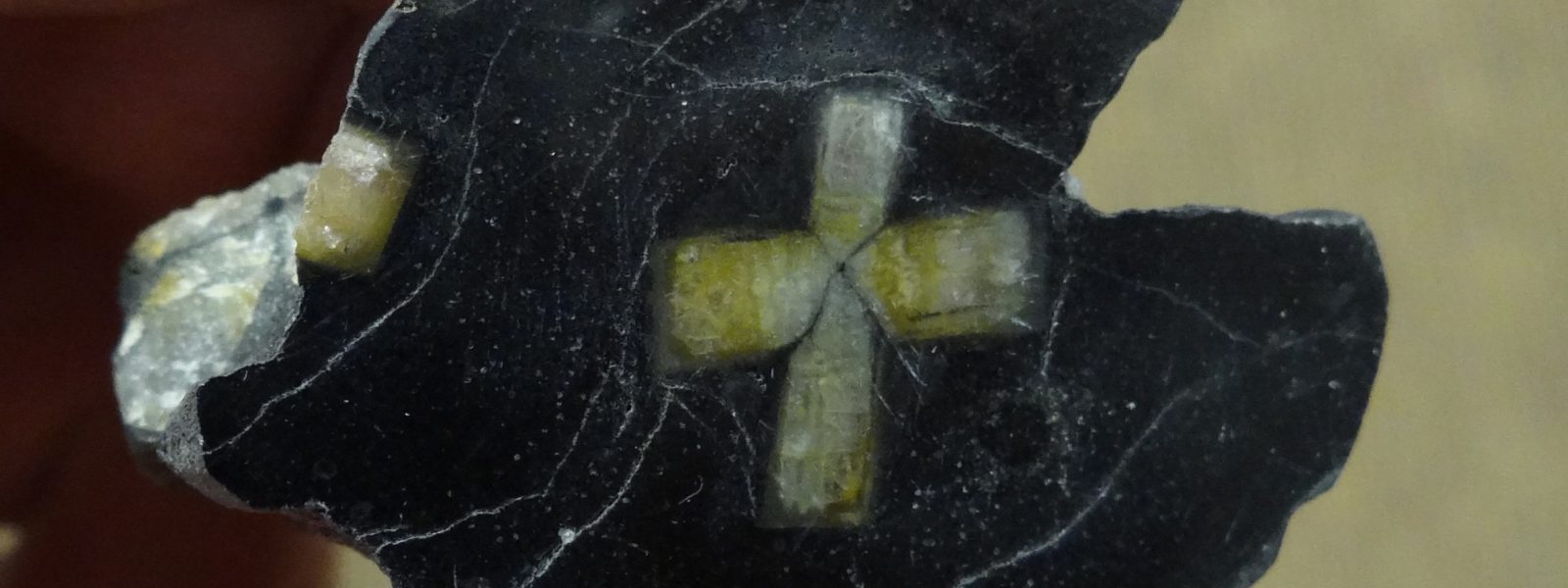Do the Rocks Really Cry Out?
“Speak to the earth and it will teach you.” Job 12:8. What can we learn about God in studying the rocks of the earth?
First of all, most rocks are sedimentary in their make-up. That is, they are made of sediments, tiny pieces re-cemented together from previous rocks. One could even call them “destroyed rocks.” A full 75% of the rocks of the outer crust of the earth are sedimentary; the Grand Canyon is almost all sedimentary rock. And where there is that kind of rock, there has been water. Igneous rocks are those that were once hot and liquid, but then cooled to their present state (lava becomes basalt). And metamorphic rocks are those that have been altered by heat and pressure into a new form.

The geologic column, a science model to understand the earth’s geologic history, contains the “inerrant history of the earth.” However, it contains data only; it is left to us to interpret that data. And depending upon one’s worldview, you can come up with many different views.

For creationists, this above picture would contain the fossils of plants and animals caught in the Genesis Flood. For evolutionists, this picture would contain fossils depicting the evolution of plants and animals over millions of years. It just depends upon one’s worldview, the glasses through which one interprets data.
The fossils themselves seem to reveal little net evolution, despite popular views. For instance, this Middle Jurassic fossil shrimp from the world famous Solnhofen limestone quarry of Germany (from whence came the Archaeopteryx) shows no evolution despite a supposed 130 million years of age.

The fossil record therefore “cries out” with proof of the Flood. But it also cries out with information about an incredible Artist. Check out a couple of these pictures. Here is a quartz crystal group from Brazil.



We could show more, but come see our Creation Museum here in Ridgefield. We have a wide selection there, including this amazing display of ultraviolet light-reflecting minerals.

So, yes, the rocks DO cry out with information about the earth’s history…but also about the God Who loves beauty. And just to show you a last amazing example of God’s messages in stone, check this out:

The featured picture at the top of this article is of another cross stone, namely a “chiastolite.” The gospel in stones?
